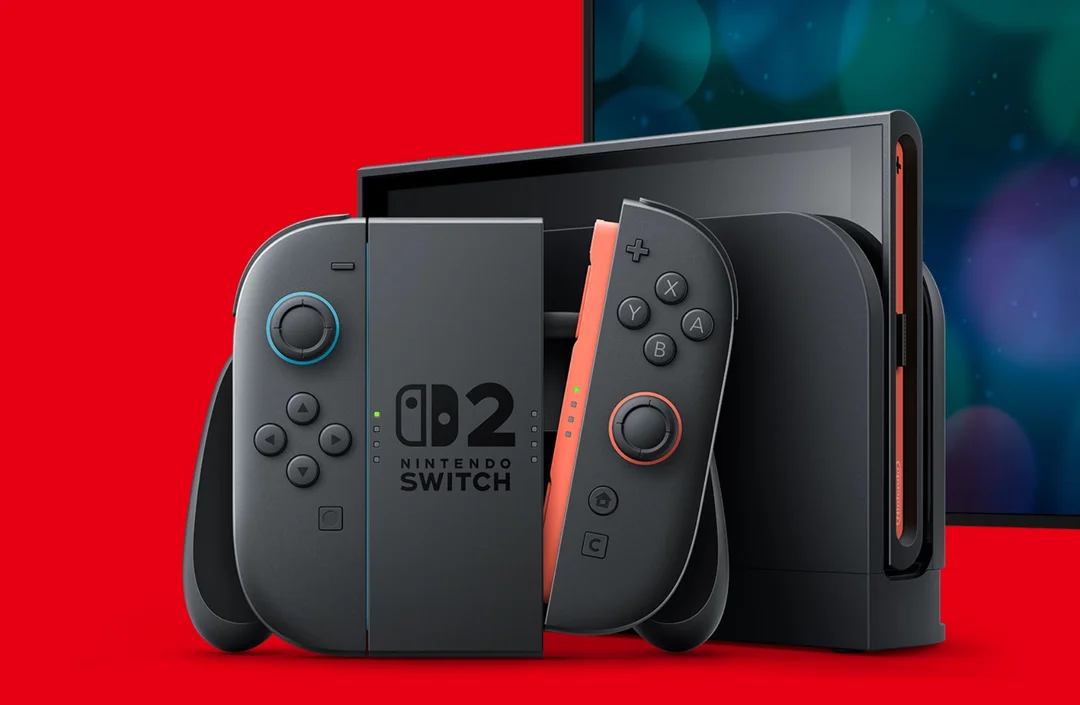
Console Gaming Price Hikes: Tariffs, Chip Slowdowns, and Wallet Woes
The gaming world is facing a concerning trend: rising costs. From console prices to game titles and accessories, gamers are feeling the pinch. Several factors are contributing to this, including tariffs, slowing chip improvements, and overall market conditions. Is this the beginning of the end for affordable gaming?
Chip Improvements Stalling: Remember the PlayStation 2? The PS2 Slim wasn't just about redesigning; it was fueled by significant chip improvements. As noted, shrinking and consolidating the console's internals led to price drops from $299 at launch to a mere $129 by 2006. Similarly, Microsoft's Xbox 360 saw its CPU and GPU shrink from 90nm to 45nm between 2005 and 2010, leading to a price drop and a fix for the infamous “red ring of death.”

However, these advancements are slowing. Mid-generation refreshes like the PS4 Slim and Xbox One S used smaller processors, but the price cuts weren't as dramatic. As chip improvements become less impactful, the cost benefits diminish, contributing to higher prices.
Declining Spending and Market Dynamics: U.S. consumer spending on video games is down 6% year-over-year, totaling $4.7 billion in March 2025, according to a Circana report. This decline puts year-to-date spending 9% lower than in 2024. Hardware spending has fallen significantly, marking the lowest March total since 2019. While some categories, such as non-mobile subscriptions and digital premium downloads on consoles, have seen growth, the overall trend indicates consumers are tightening their belts.

The Tariff Effect: The introduction of tariffs on goods from countries like China and Japan is another significant factor. Some tariffs are as high as 145%, creating a ripple effect across the gaming world. While companies like Microsoft attribute price increases to “market conditions” or “rising development costs,” tariffs play a massive role.
The result is that console prices, game prices, and accessory prices are all on the rise. An Xbox Series X now costs $600, with new games priced at $80. Add in accessories, and the initial investment exceeds $900. This elevates gaming from a hobby to a luxury.
What Gamers Are Saying: Anecdotal evidence suggests gamers are frustrated. One person I spoke to at Gamestop mentioned they've already started shifting to PC gaming, while others are unsure if they'll even upgrade to the next-gen consoles if $80 games become the norm.
PC Gaming Not Immune: While some see PC gaming as an escape, tariffs are impacting PC hardware as well. Nvidia GPUs, already overpriced and hard to find, are expected to climb even higher, affecting CPUs from Intel and AMD.
The Future of Gaming: What does this mean for the next generation of consoles? With the Nintendo Switch 2 launching at $450 and $499, and both PlayStation and Xbox raising prices on current hardware, it's possible that next-gen consoles could be priced at $700, $800, or even higher.
Will gaming become increasingly inaccessible? Will consumers continue to pay inflated prices, or will they turn to alternative forms of entertainment? The impact of these rising prices on the future of gaming remains to be seen.
What are your thoughts on the escalating costs of gaming? Share your opinions in the comments below!